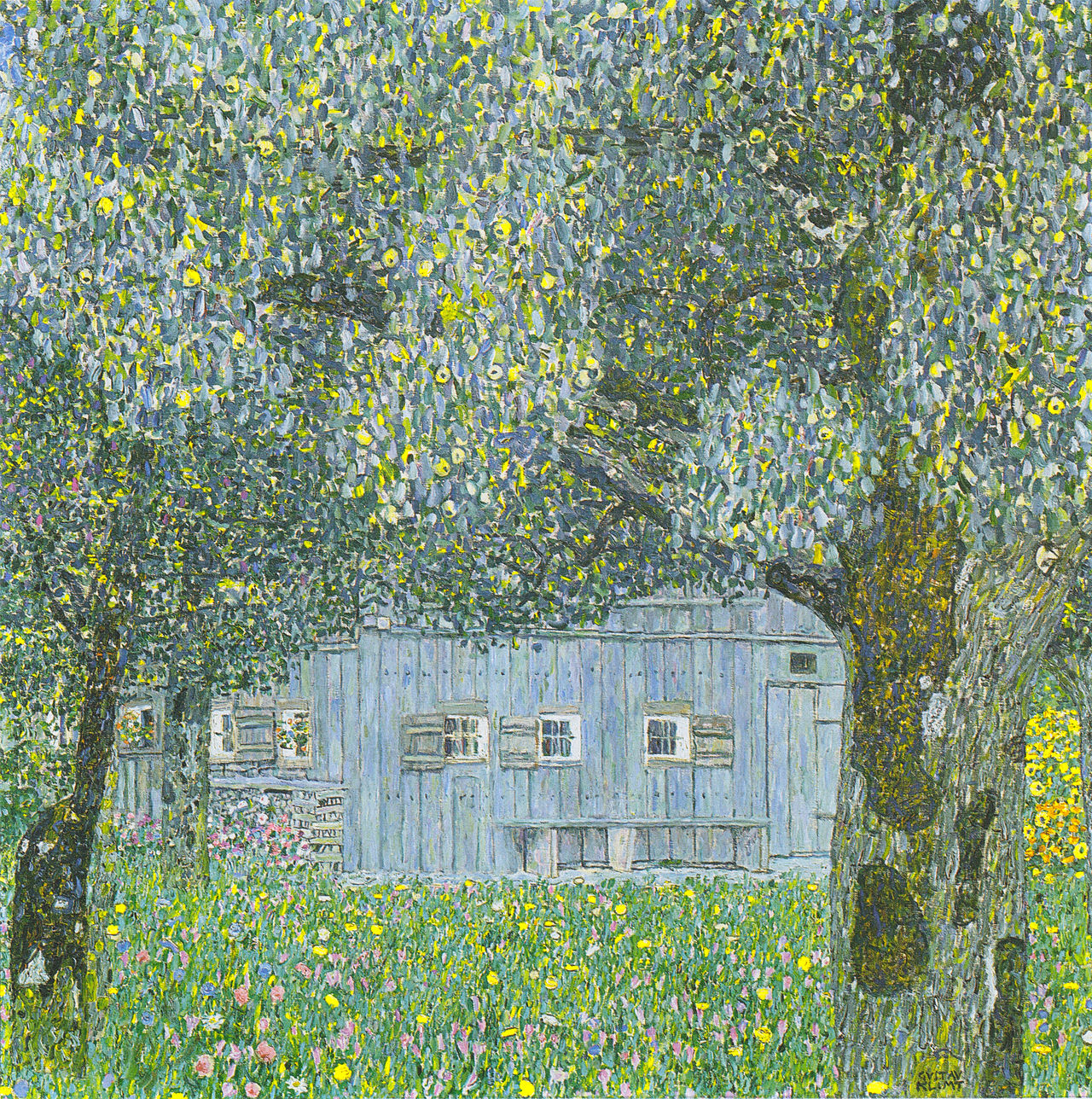
—Calvin Luther Martin, PhD
Write down that phone number. I’ll explain why, shortly.
In Part 1 of this series, we examined Malone’s drug epidemic, with emphasis on the abuse of “psycho-therapeutics.” That being the name for prescription medicines for pain or attention problems or sleep problems or panic attacks or anxiety.
Many of the psycho-therapeutic pills are opiods (i.e., contain opium in one form or another, such as morphine). An overdose can kill you before you can say, “Holy cow, batman!”
As it happens, pharmaceutical companies designed a number of these the pills to be “long acting,” meaning that as long as they remain in their pill form, they are slowly released in the stomach over many hours.
 .
.
The only problem is, drug users circumvent the built-in “prolonged release” feature by pulverizing the pills into a powder which they “snort” or inject, dissolved in a solution of their own concocting.
Thus, what was intended to be a long-acting pill turns into a massive euphoric “high” of morphine. Except for the inconvenient fact that it can simultaneously shut down the brain’s respiratory drive, and in your ecstasy—you—simply—stop—breathing.
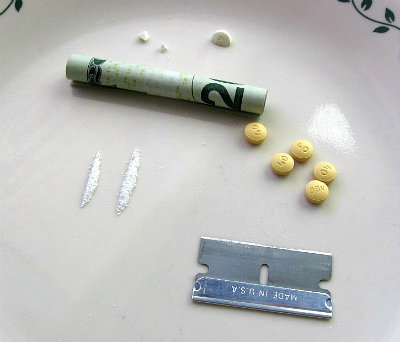
.
Consider this, from a recent NY Times article. (Click here if the hotlink doesn’t work.)
America’s drug problem is shifting from illicit substances like cocaine to abuse of prescription painkillers, a change that is forcing policy makers to re-examine the long and expensive strategy of trying to stop illegal drugs from entering the United States.
This rethinking extends beyond the United States, where policy makers are debating how to better reduce demand for painkillers.
“The policies the United States has had for the last 41 years have become irrelevant,” said Morris Panner, a former counter-narcotics prosecutor in New York and at the American Embassy in Colombia, who is now an adviser at Harvard’s Kennedy School of Government. “The United States was worried about shipments of cocaine and heroin for years, but whether those policies worked or not doesn’t matter because they are now worried about Americans using prescription drugs.”
Now the drugs most likely to land Americans in emergency rooms cannot be interdicted [stopped at the border, or stopped in the country of origin]. Studies show that prescription painkillers, and stimulants to a lesser extent, are the nation’s biggest drug problem. The same survey that identified 1.5 million cocaine users in 2010 found 7 million users of “psychotherapeutics.” Of the 36,450 overdose deaths in the United States in 2008, 20,044 involved a prescription drug, more than all illicit drugs combined.
And whereas cocaine and heroin have been concentrated in big cities, prescription drug abuse has spread nearly everywhere. “Today there is drug use in every county in Ohio, and the problem is worse in rural areas,” said Mike DeWine, the attorney general of Ohio.
“This is an urgent, urgent issue that needs to be addressed promptly,” said Dr. Nora D. Volkow, director of the National Institute on Drug Abuse. So far, she said, the response from government and the health care industry has been inadequate.
But momentum for a broader change in domestic drug policy—as in foreign policy—appears to be building. D.E.A. [Drug Enforcement Administration] officials say they have recently created 37 “tactical diversion squads” focusing on prescription drug investigations, with 26 more to be added over the next few years.
“Unfortunately,” said Representative Mary Bono Mack, a Republican from California who is co-chairwoman of the Congressional Caucus on Prescription Drug Abuse, “it’s because more and more members are hearing from back home in their district that people are dying.”
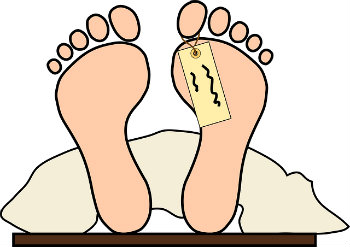
Focus on this:
The same survey that identified 1.5 million cocaine users in 2010 found 7 million users of ‘psychotherapeutics.’ Of the 36,450 overdose deaths in the United States in 2008, 20,044 involved a prescription drug, more than all illicit drugs combined.”
And this:
Whereas cocaine and heroin have been concentrated in big cities, prescription drug abuse has spread nearly everywhere. ‘Today there is drug use in every county in Ohio, and the problem is worse in rural areas,’ said Mike DeWine, the attorney general of Ohio.”
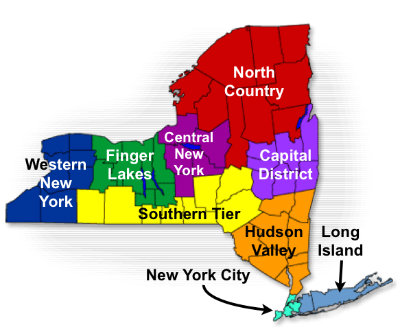
So, there’s Rx drug abuse in every county in Ohio, but what about New York State?
It’s just as bad in NYS. This past January, the NYS Attorney General revealed that “statewide prescriptions for hydrocodone have increased 16.7 percent [in the past few years], while those for oxycodone have increased an astonishing 82 percent.”
In New York City, the rate of prescription pain medication misuse among those age 12 or older increased by 40 percent from 2002 to 2009, with nearly 900,000 oxycodone prescriptions and more than 825,000 hydrocodone prescriptions filled in 2009;
In Buffalo, New York’s largest methadone clinic outside of New York City, Catholic Health System, has begun to reorganize its service to accommodate an increase in care needed to treat the number of opiate-addicted expectant mothers and newborns;
On Long Island, both crisis and non-crisis admissions to drug treatment that involve opiates other than heroin have increased at alarming rates. Between 2004 and 2009, the number of deaths due to the toxic effects of prescription opioids more than tripled in Nassau County; and
In the North Country, health care facilities have experienced a staggering increase in the percentage of non-crisis admissions for substance abuse involving prescription narcotics, eclipsing cocaine and heroin in Clinton and Franklin Counties, and surpassing even marijuana in St. Lawrence County. (Click here for the source.)
This is why I urged you to write down the phone number. Use it to save someone’s life. (I’ll come back to this.)

There’s a new wrinkle in the prescription drug “cat & mouse game.” Two years ago, the manufacturers of Oxycontin (basically the opiate, morphine) decided they could defeat abuse by creating a new version which is difficult to crush and turn into powder.
It didn’t work. Or, rather, it created an unforeseen monster.
Ever since the popular painkiller pill OxyContin became harder to crush into powder two years ago, many US drug abusers have turned to heroin instead, researchers say.
The formula change did not appear to stop people from snorting or shooting up, but rather caused them to switch to a dangerous street drug that mimics the same high, said a letter to the editor in the New England Journal of Medicine.
Highly addictive OxyContin shot to popularity in the last decade, largely in rural parts of the eastern United States, gaining the nickname “Hillbilly Heroin,” and causing its producers to devise a new pill that would not disintegrate when pounded in a bid to stem the epidemic of abuse.
“The most unexpected, and probably detrimental, effect of the abuse-deterrent formulation was that it contributed to a huge surge in the use of heroin, which is like OxyContin in that it also is inhaled or injected,” said Theodore Cicero of the Washington University School of Medicine.
“We’re now seeing reports from across the country of large quantities of heroin appearing in suburbs and rural areas.”
Cicero and colleagues are analyzing survey data collected from 2009-2012 and completed by 2,566 patients who were entering treatment programs for prescription opioid dependence at various locations in the United States.
At the beginning of the research period, 35.6% of patients said OxyContin was their primary drug of choice, a number which has since fallen to 12.8%, the researcher said.
When asked to identify any opioids used in the last 30 days to get high at least once, OxyContin was mentioned by nearly half at the start, but fell to 30% by 2012.
Meanwhile, heroin use almost doubled from around 10 to nearly 20%.
Further interviews with about 100 of the survey participants showed that a common reason for the switch to heroin was the decreased availability of crushable OxyContin.
“This trend toward increases in heroin use is important enough that we want to get the word out to physicians, regulatory officials and the public, so they can be aware of what’s happening,” said Cicero, who is continuing to analyze the data.
“Heroin is a very dangerous drug, and dealers always ‘cut’ the drug with something, with the result that some users will overdose. As users switch to heroin, overdoses may become more common.”
His letter concluded that “abuse-deterrent formulations may not be the ‘magic bullets’ that many hoped they would be in solving the growing problem of opioid abuse.”
The US Centers for Disease Control and Prevention said last year that about 12 million Americans report taking prescription painkillers for recreational uses, though the actual figure is suspected to be much higher.
Opioid pain relievers, including oxycodone (OxyContin), methadone and hydrocodone, better known as Vicodin, have quadrupled in sales to pharmacies, hospitals and doctors’ offices since 1999.
The number of deaths from overdoses of opioid pain relievers has more than tripled from 4,000 people in 1999 to 14,800 people in 2008, and now surpasses the number of deaths from cocaine and heroin combined, the CDC said. (Click here for the source.)
We’ve come full circle, back to heroin! Yikes!

.
All is not lost, however. Believe it or not, the NYS legislature recently did something brilliant, though it took much prodding by Attorney General Schneiderman. A week and a half ago (June 11), the State passed the so-called I-STOP law (“Internet System for Tracking Over-Prescribing”). The vote in both houses was unanimous, and Governor Cuomo signed the law.
Ladies and gentlemen, I-STOP is a big deal!
I-STOP will make New York the first state in the nation to mandate that physicians consult a database of a patient’s prescription history before prescribing a schedule II, III, or IV controlled substance. Accurate patient histories and better training will help physicians detect doctor shoppers and better serve patients at risk of addiction. Doctors can also use this information to avoid potentially dangerous drug interactions.
I-STOP will make New York the largest, and only second state in the nation, to require real-time reporting by pharmacists when schedule II, III, IV or V prescriptions are filled.
I-STOP will make New York one of the first states to schedule the universal mandate of e-prescribing for controlled substances in December of 2014. The regulations will be promulgated by December 2012. This will nearly eliminate the problem of forged or stolen prescriptions—used both by addicts and criminal organizations obtaining pills to resell on the street.
I-STOP will reschedule hydrocodone to Schedule II, ending automatic refills for this highly abused drug.
I-STOP will schedule tramadol, a ‘drug of concern’ to Schedule IV (it is currently unscheduled).
I-STOP will establish a safe disposal program providing a place for New Yorkers to get rid of expired and unneeded drugs to ensure that they are not left in medicine cabinets for children or addicts to access.
I-STOP will also deter fraud against private health insurers and the state government. Taxpayers have been paying for a substantial portion of the over-prescribed pills through the Medicaid program. Each ring of collusive patients and prescribers prosecuted by the Attorney General’s Medicaid Fraud Control Unit represented a loss to the State of at least $1 million. (Click here for the source.)
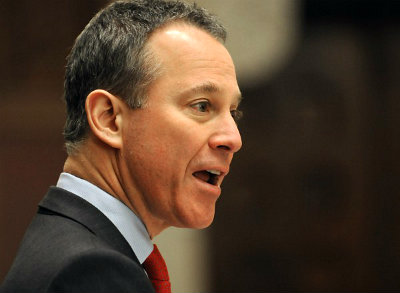
.
Then there’s “bath salts,” discussed in Part 1. Once again, NYS Attorney General Schneiderman has a plan. It’s called “lawsuits.” Lots of them.
Attorney General Eric T. Schneiderman today [July 10] announced that his office has filed 12 lawsuits across the State of New York against head shop retailers for violating the state’s labeling laws by selling designer drugs, including commonly known synthetics such as “bath salts” and “synthetic marijuana.” . . .
Undercover video investigation discovered head shops were labeling these dangerous products going by names like “MJ Blueberry Aromatic Potpourri,” “Bizarro,” “AMPED,” “VOODOO” or “Cali Crunch,” and marketing them with false descriptions such as “incense,” “butterfly attractant,” “glass cleaner,” “potpourri,” “sachets,” “dietary supplements,” or other common household products. Some products had no label whatsoever and most lacked comprehensive ingredient listings. All were deceptive and dangerous to consumers. . . .
Although Federal and State authorities have attempted to outlaw certain chemicals and their analogs and to remove these items from commerce, their efforts continue to fall short as the chemists and producers providing the products for head shops simply alter formulas and stay ahead of the legislation. . . .
In Jefferson County, a 22-year-old man crashed into several cars in an Olive Garden parking lot then told police he had smoked “Spice” before driving.
In New York City, a 21-year-old film student leapt to his death off a Roosevelt Island balcony after smoking salvia, a hallucinogenic plant.
In Oneida County, a 45-year-old man high on bath salts and covered in his own blood was arrested after police say he chased his neighbor and trapped her in her home.
Maja Lundborg-Gray, M.D. at Samaritan Medical Center in Watertown, said, “There is a completely new level of violence and unpredictability associated with these patients.” (Click here for the source.)
Back to the resurgence of heroin abuse. In some ways this is more alarming than Rx pill abuse. Prescription drug dealing involves (a) health care providers, (b) pharmacies, and (c) people who deceive (a) and (b). Heroin, on the other hand, has no need for (a), (b), or (c). Heroin calls for smuggling and long distance shipping, and it’s controlled by drug cartels and local gangs. Heroin means “guns” and other forms of violent coercion—to maintain gang supremacy.

Witness what happened to Hempstead Village, Long Island.
Police have rushed to take the offensive against blatant, open-air drug-selling in a Hempstead Village neighborhood after a surge in gun violence blamed largely on rival gang-affiliated dealers put residents in constant fear.
“The dealers all have guns, and it just rains bullets around here,” said Monique Otis, 54, who lives in an apartment building on Linden Place. “The addicts are all over the street trying to [buy] drugs at all hours. It’s like living in hell. I pray they can stop it.” . . .
At least eight people have been shot this year, two fatally, in the half-mile stretch running south roughly from Linden Place and Maple Avenue to Martin Luther King Jr. Drive, compared with three shot, none fatally, in the same period of 2011, records show. Police made 59 drug-related arrests in the same area through June 4. . . .
Nassau County District Attorney Kathleen Rice’s office spearheaded a yearlong enforcement effort four years ago that wiped out much of the drug-dealing and violence on Terrace Avenue. Arrests for drug crimes have fallen by 82 percent in that community since the initiative began, Rice said.
One factor in the success was months of community meetings aimed at gaining the trust of residents, Hall said. . . .
Police last month started beefing up patrols, scanning license plates of suspected drug buyers’ cars, working with probation officials to arrest more violators, and focused on making more undercover drug arrests and street busts for open dealing. So far, those tactics have tamped down violence and taken several key dealers off the streets. . . .
Young men on both sides were firing weapons at a blistering pace earlier this year, using 9-mm and .45-caliber guns, as well as more-advanced weaponry like semiautomatic Tec-9s, [Police Chief] McGowan said. . . .
“The gunshots, the drugs, the kids running up to your car on Linden [Place] to try and sell drugs to you, it’s all so out of control,” said Cater, 67. “No one else should have to lose their babies to this war zone.”
Despite the new enforcement effort, plumes of marijuana smoke still drift from open windows in the neighborhood. Dealers congregate on stoops and scurry to cars whose drivers pull up to buy drugs. Glassy-eyed addicts stumble through the darkness.
Many residents fear a return of the gunfire, which had become so frequent they wouldn’t let their children play outside. (Click here for the source. If the hotlink doesn’t work, click here.)
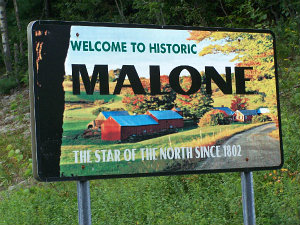
.
When will this happen to Malone? Don’t be so quick to say, “Never!” What’s to stop it from happening here? Are not all the ingredients already in place? Ask the District Attorney; I’ll betcha he will say, “Yes, all the ingredients are in place. It’s only a matter of time.” Talk to Village Police Chief Premo; he will tell you the same thing, as he struggles along with a skeleton police force (two senior officers being out of duty, forever, on disability claims).
Gangs, guns, and violence are virtually inevitable when drugs like heroin and cocaine are involved. Folks, Malone is not immune to any of this. Being a smaller town than Hempstead Village (54,000 residents), Malone gangs would likely operate on a smaller scale. Nevertheless, a gunshot is a gunshot, whether it “rains bullets” or sprinkles bullets.
I’ve lived in a “distressed” neighborhood in the Village for 15 years. I’ve watched the sociology of the neighborhood change, dramatically, and not for the better. There are no employment prospects for these people. Even if there were, one wonders how many of them have the incentive or any skills, for that matter. Their “jobs” are all in China and the Far East. What’s left for such people, where 16, 17, and 18-year olds bear children at an astonishing pace?
What is their future?

.
In Part 1, I argued that drug dealing is emerging as an economy to be reckoned with in the North Country, thanks in part to the out-sourcing of jobs, abroad. We should not be surprised by this economic enterprise. Given the facts in the above paragraph, what’s the alternative?
I don’t have a good answer to my own question, “What’s the alternative?” I like to think there is one. I lie awake at night weighing possibilities.

In the meantime, there is this phone number. It was set up by a group of people calling themselves the Malone Community Alert Hotline (MCAH: pronounced “Micah”). There is nothing special about these people; they are simply a collection of Village and Town residents who don’t want to see this community go down this road.
The hotline was conceived after conversations with DA Derek Champagne and Village Police Chief Premo, when MCAH members discovered that a successful community response to a drug epidemic is like a 3-legged stool.
.
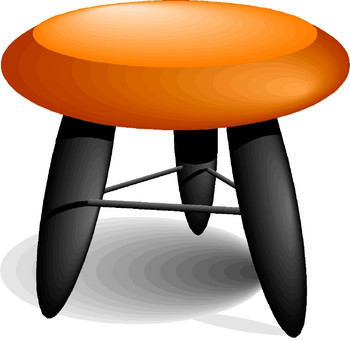
One leg for the District Attorney and courts. A second leg for the police. And a third leg—so far, the third leg has been absent in Malone. Leg #3 is community involvement. Leg #3 is saving someone’s life who is hooked on drugs—someone only you know. Maybe your kids or grandkids.
Leg #3 is noticing that certain homes or apartments in Malone seem to get an unusual number of visitors, with visits lasting only several minutes. Then another car pulls up, someone sprints inside, and they’re back out in the car in 3 minutes.
That’s a clue there’s drug dealing going on. But only you are aware of it.
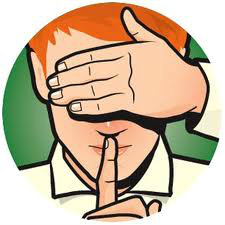
Leg #3 is built on the principle that drug use and drug dealing are both stupendously bad decisions on the part of the people involved. Bad decisions destroying their lives and the “life” of a community—like Malone.
I speak from experience within my own neighborhood. In my neighborhood, I made the interesting discovery that drug dealers and users are not monsters; they are people in desperate straits. They need an “intervention.” I have made a point of getting to know “dealers” and “users” in my neighborhood, and I like to think I made a difference.
Sometimes an intervention involves the cops, who either talk to these people or, if necessary, arrest them. “Arrest” means “put a stop to something.” Then we get into leg #1 and #2 of the above stool. Both those legs are valuable, even essential. Their purpose is legitimate: to put a stop to behavior that destroys individuals and communities. Where the goal is to persuade dealers and users that their lives are an exercise in nihilism (a philosophical term meaning “nothingness”). Nihilism for them and the community.

That phone number, then, is an effort to provide the third leg to the Drug Abuse Stool. The compassionate yet firm and resolute involvement of the community.

Population biologists have discovered something that anthropologists have known for many years, which is that organisms and creatures—like us—don’t exist as solitary individuals. They exist—they think and otherwise conduct themselves—as communities. As groups. Oftentimes large groups. What I’m saying is, the group—the community—is an organism in and of itself. This is as true of spider monkeys and elephants and ants as it is of humans.

Drug dealing and drug use are an assault on the individual organism we call “Malone.” We are all connected, inextricably so. Call it a fact of biology. Of life. And in our connectivity we must be compassionate as well as firm, kind as well as instructive.
Hence, this phone number.

You have reached the Malone Community Alert Hotline. After the tone. please leave your message including the address where the concerning activity is occurring and what you’ve seen. If you are comfortable, please leave your phone number so the police can call you back for more information. This call can be anonymous or you can leave your name. The message length is 2 minutes.”
